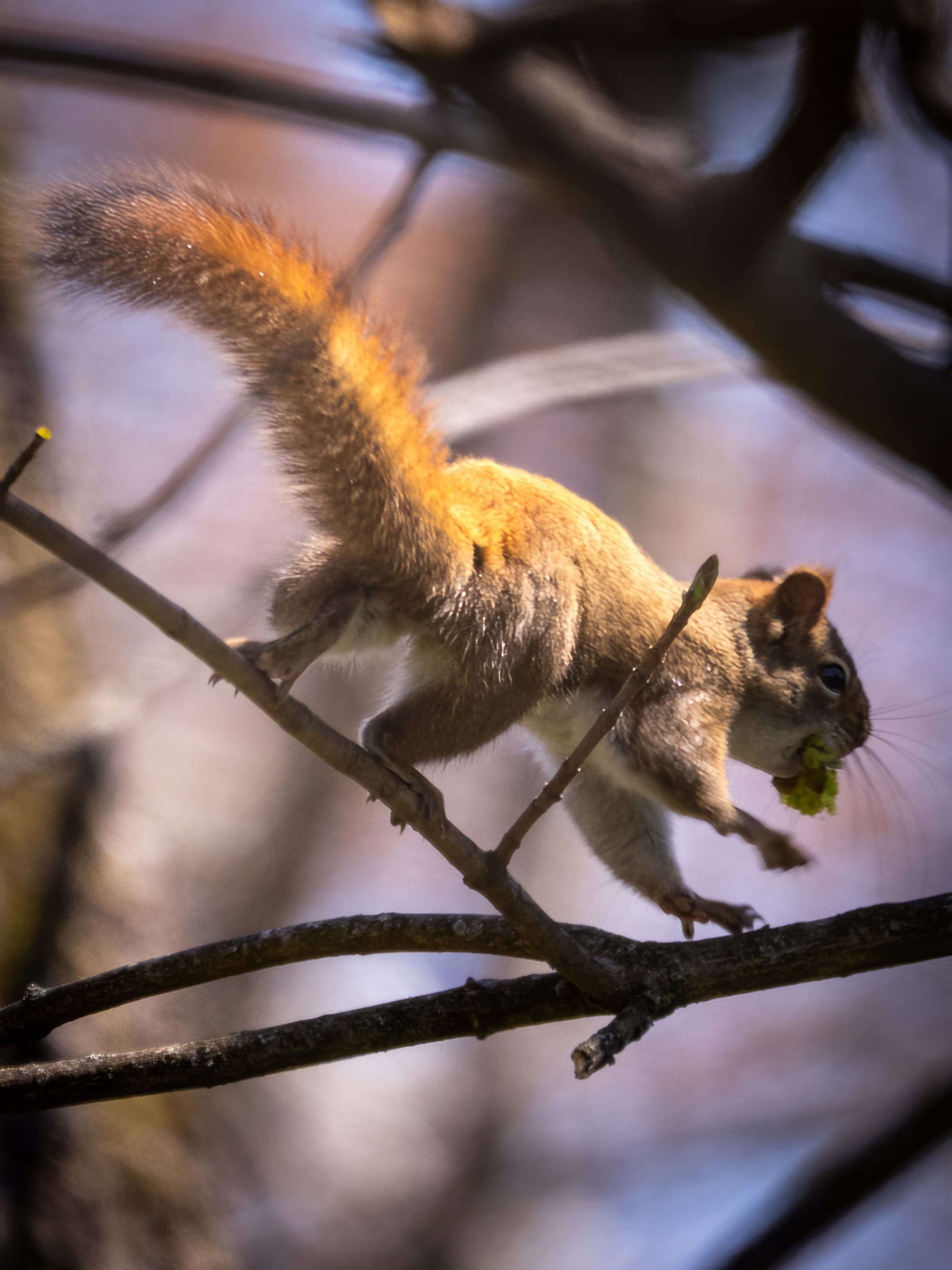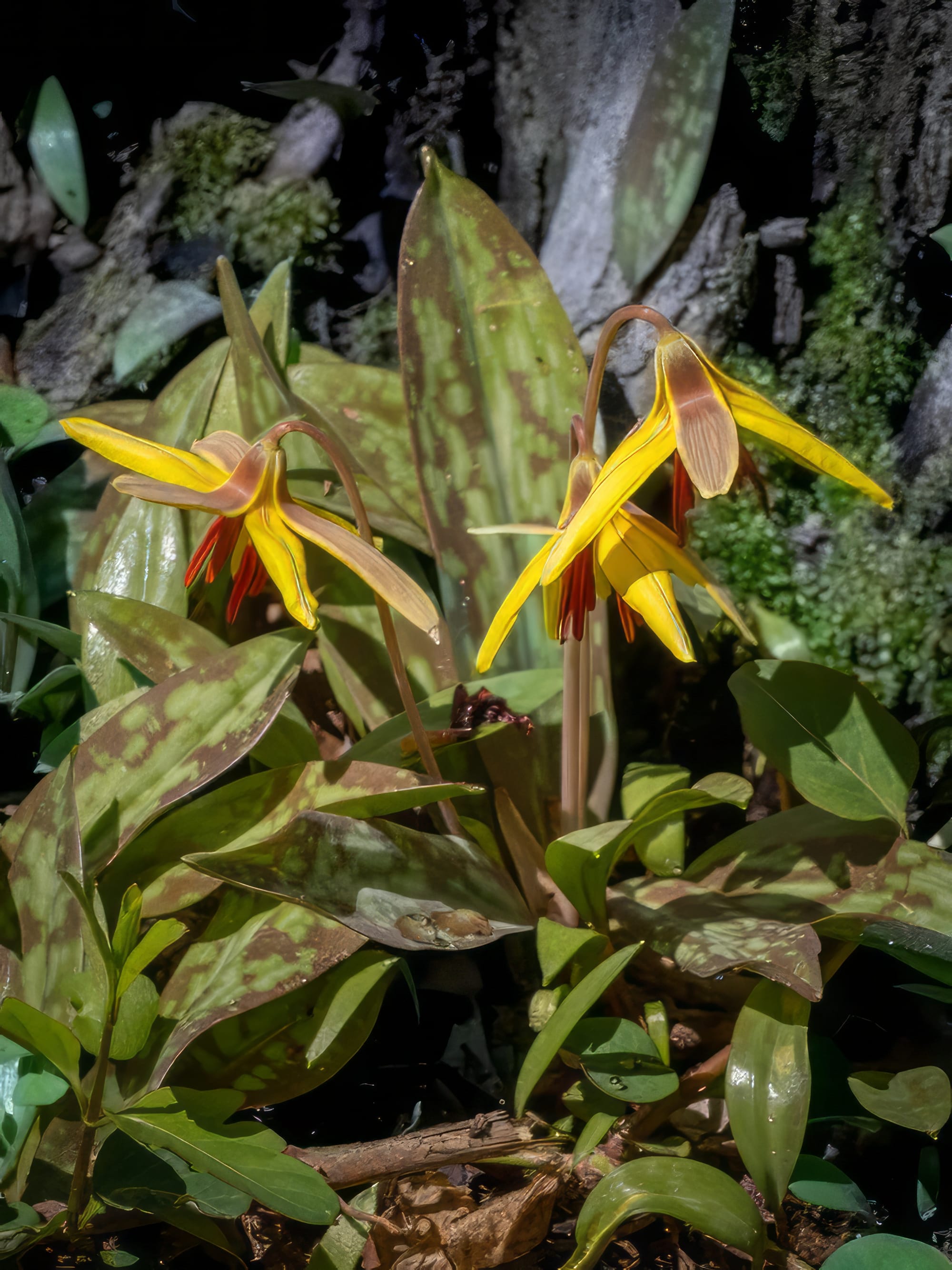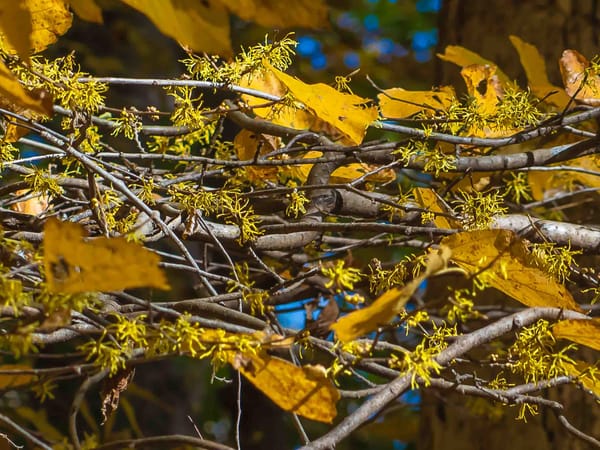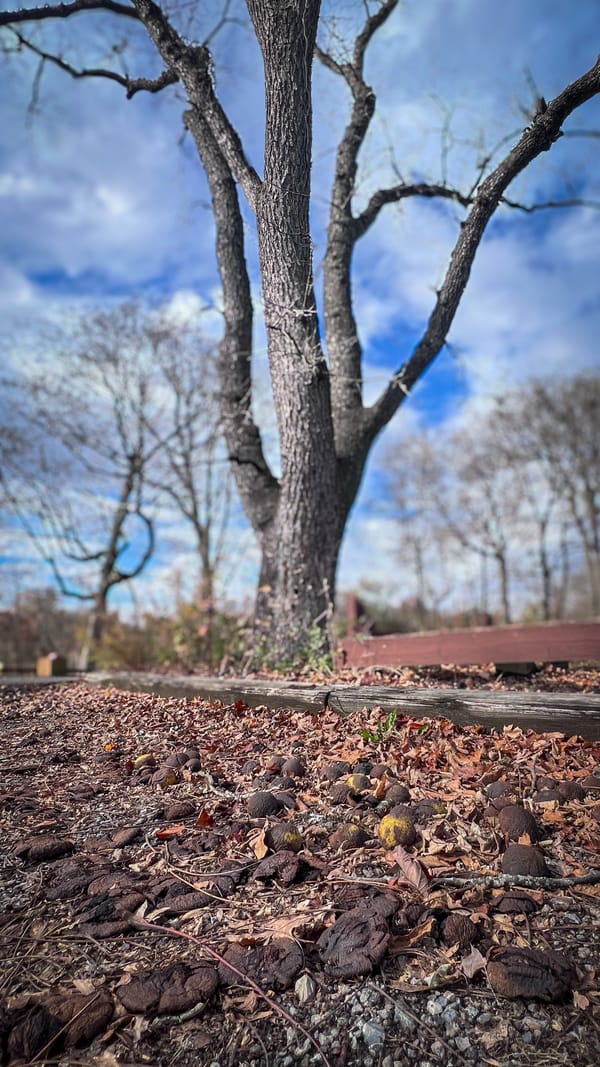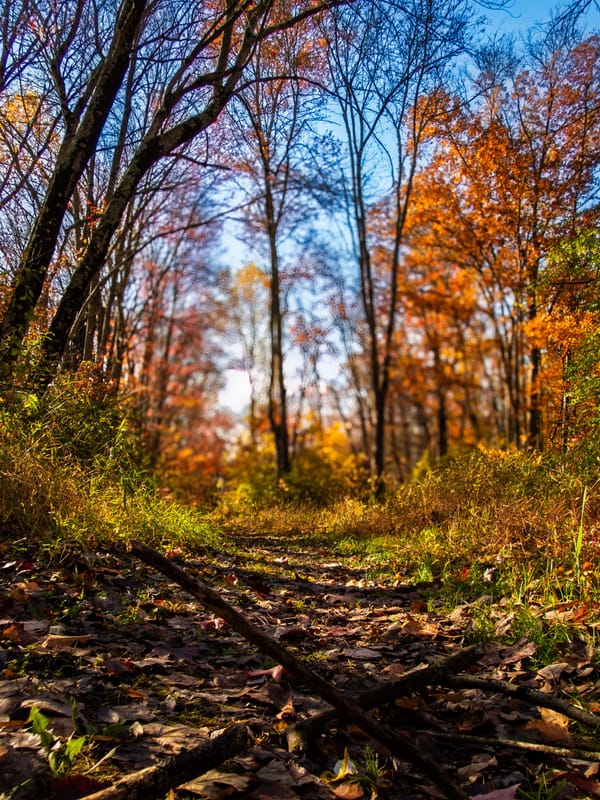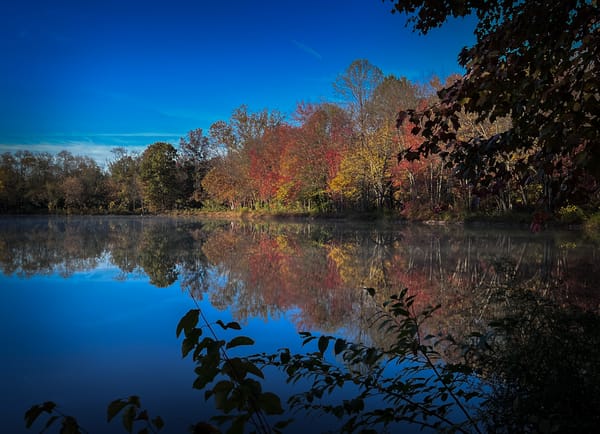Eating Tree Flowers?
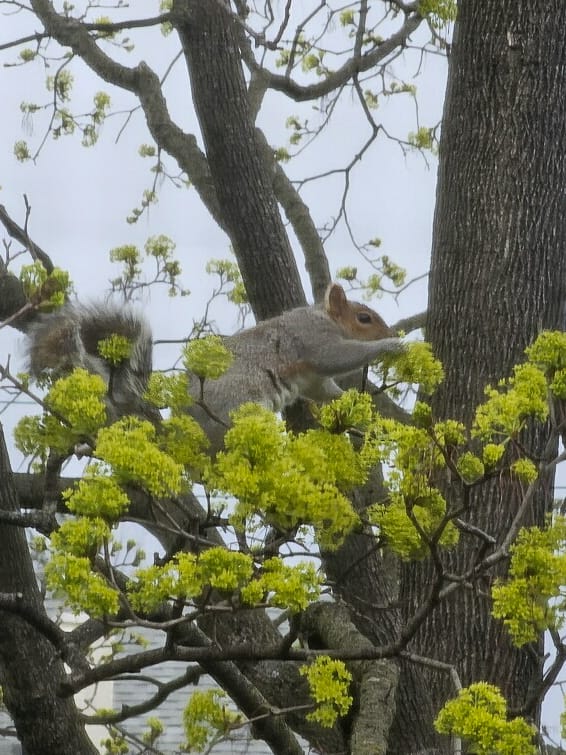
I had no idea that squirrels ate tree flowers. I don't know why the idea surprised me when Mark Volpe sent me the picture above, but it did - after all squirrels do eat or gnaw on just about everything else. The practice was confirmed for Red Squirrels when I saw one at the park enjoying tree flowers too.
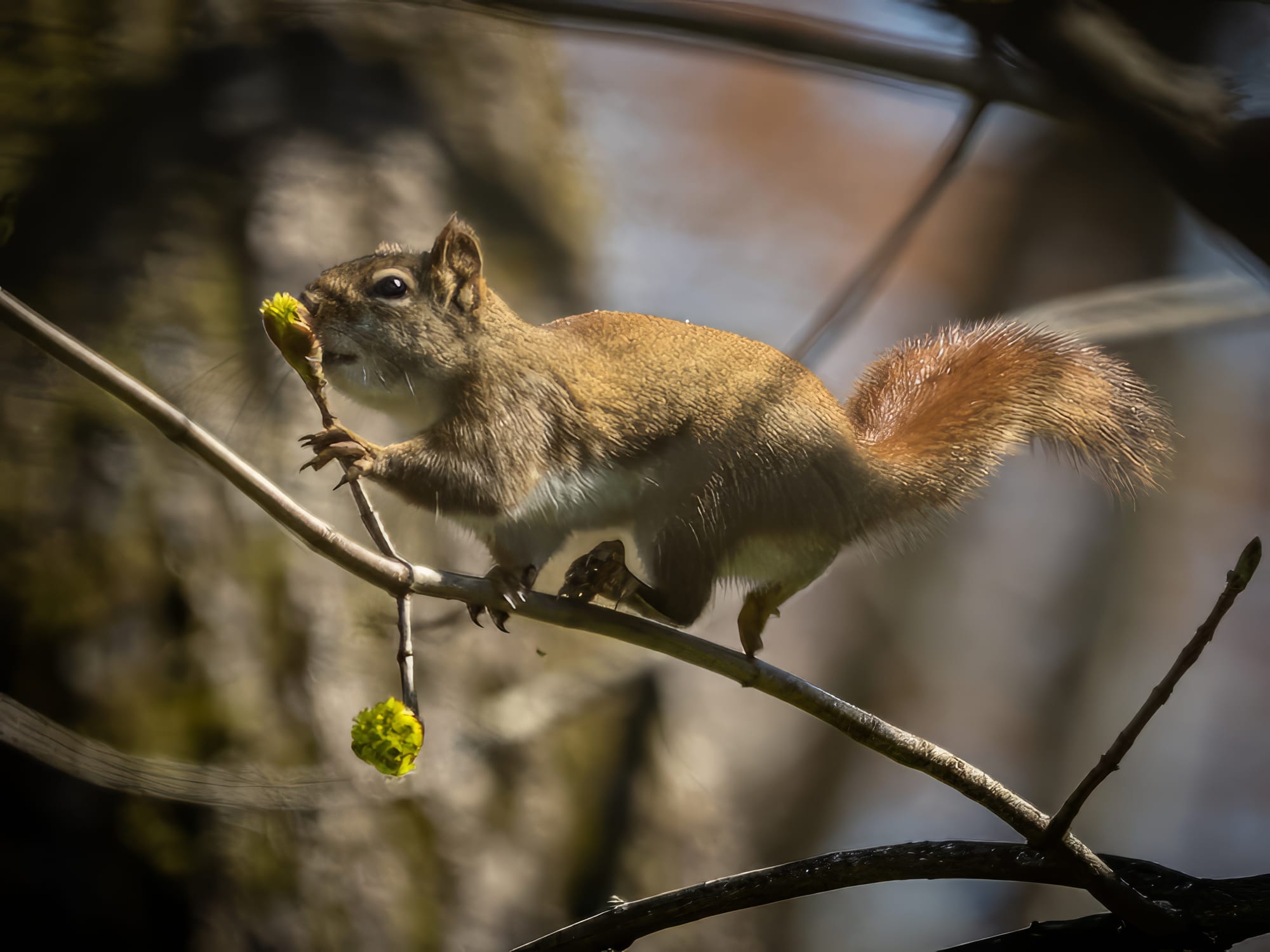
If you make a habit of observing nature and see something unfamiliar it's likely you'll start seeing that unfamiliar species or behavior everywhere.
Squirrels do indeed rely on tree buds and flowers for sustenance, especially during spring when other food sources are scarce. This feasting can potentially do a lot of damage. The loss of buds and flowers can stunt a tree's growth and cause hormonal imbalances that threaten the overall health of the tree.
As bad as all this sounds trees are not defensless.
Trees have developed passive defenses like thorns, spines, prickles, hairs, waxes, and tough scales. Trees also deploy an array of chemical deterrents in resins, toxins, and compounds that make the buds and flowers taste bad or hard to digest.
Trees also actively respond to squirrel attacks by increasing photosynthesis rates, altering growth patterns and mobilizing stored nutrients to repair damaged tissues. Trees may compensate for the destruction of primary buds by activating side buds or dormant buds and reallocating resources to fuel regrowth.
It's an evolutionary see-saw battle. Defenses evolve in trees and squirrels respond by learning to avoid certain species or by evolving their own chemistry that overcomes toxins. This ongoing evolutionary battle between trees and squirrels highlights the interdependence of these species.
